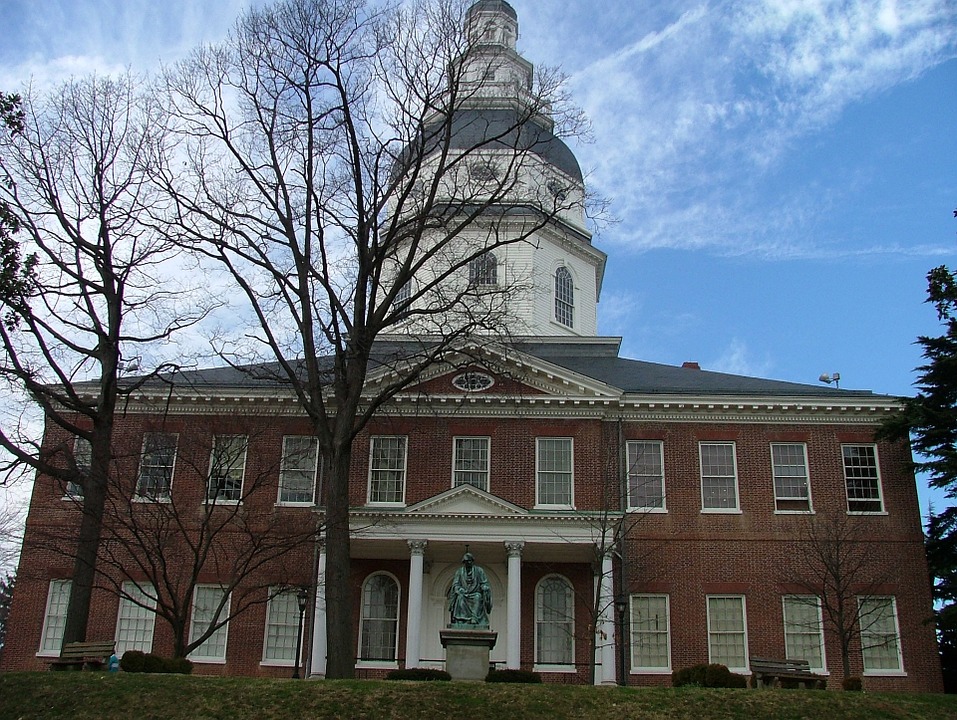When Gov. Larry Hogan was first elected in 2014, he was thrown into an obvious political situation: being a Republican governor in a state with a strongly Democratic state legislature. Hogan campaigned on the idea of building bipartisanship in Annapolis and working across the aisle, and not only has he continued to implement that narrative, but he has executed it tremendously as well. American politics are about as polarized as they’ve ever been, and the example that this state has set in the last year and a half should be recognized and appreciated.
One of the most recent and notable successes is the House of Delegates passing the governor’s budget, which passed by a 133-5 vote in favor, with no Democrats voting no. Passing a balanced budget is a constitutional obligation of the governor, and the task is certainly easier when the House and Senate have a governor who is politically aligned with them, as they’ve been used to for several years before Hogan was elected. The Senate now has to approve the budget as well, and its version of the budget has few discrepancies with the House’s, leaving a strong chance of the budget being fully passed.
Of course, pure cooperation and friendship has not been achieved. Democrats responded rather pessimistically to the governor’s State of the State address, noting their concerns about large spending cuts and the lack of input they’ve been allowed to give the governor. Republicans, on the other hand, praised the idea of bipartisan success, especially given that they are the minority and thus face tough odds when it comes to getting their agenda passed. State Del. Kathy Szeliga (R-Baltimore and Harford counties), who is also running a long-shot campaign to fill the upcoming vacant U.S. Senate seat, pleaded, “Let’s not be Washington, D.C. Let’s not be gridlocked. Let’s not fight and argue all the time.” Clearly there are differences of opinion between Democrats and Republicans on both fundamental issues and the state’s current political climate, but that is to be expected from the legislature’s current circumstance.
What I like most about Szeliga’s comment is her reference to Washington and how she doesn’t want this state to resort to that level. Washington has been gridlocked heavily with such a Republican-dominated Congress working with a Democratic president, and it has not handled such gridlock well. The federal budget that President Obama proposed to Congress has been in heavy debate lately, and it has a lot of work to do before it can pass a budget that both parties will even be remotely satisfied with. The example set by this state, in contrast, is not just about passing a budget, but more so about overcoming differences and dealing with the hands they’ve been dealt. The partisan difference in this state is obviously ideal for neither Republicans nor Democrats, and although they’ve clashed heads a few times, both parties are doing a good job getting meaningful legislation passed in the short 90-day legislative session they have. Being in Congress is a full-time job and passing legislation takes time, which speaks volumes about the state legislature’s ability to get so much done in so little time.
As I am a citizen of this state and someone who follows politics, the example that my state’s government has set has restored my faith in the efficiency and effectiveness that politicians can actually produce. I commend both Republicans and Democrats for being able to put their differences aside and do what’s best for the people they represent.
Kyle Campbell is a sophomore government and politics major. He can be reached at



